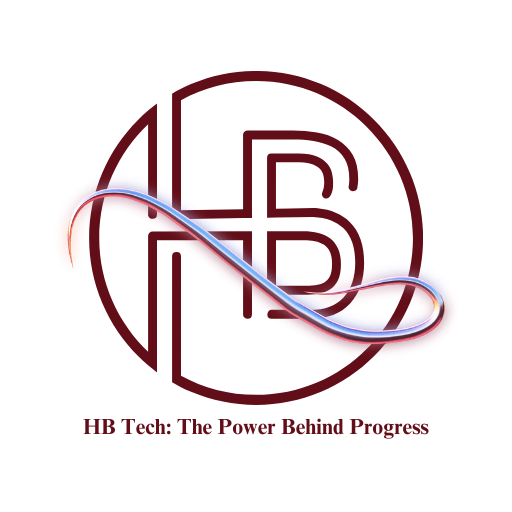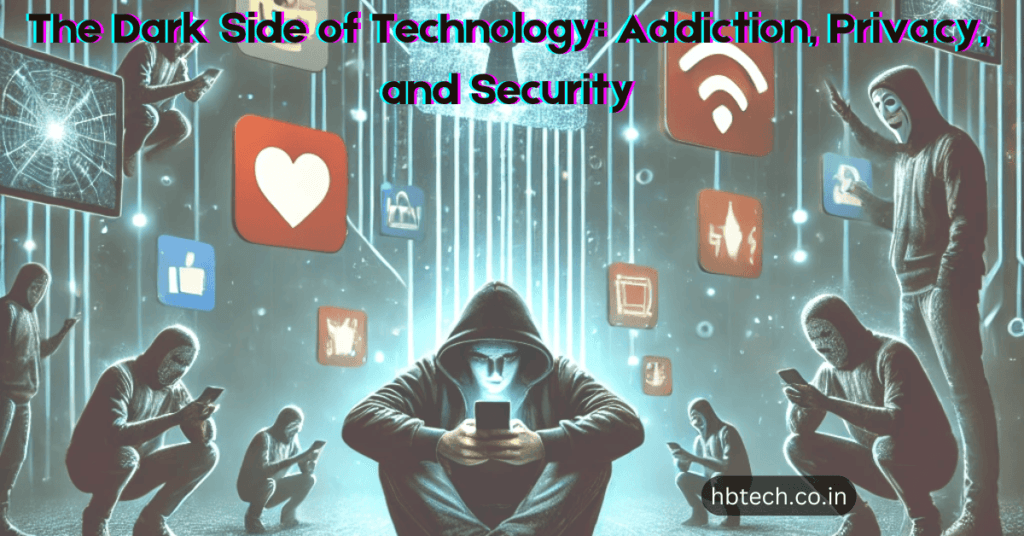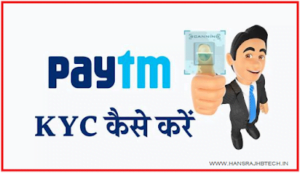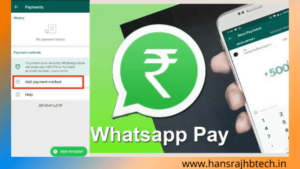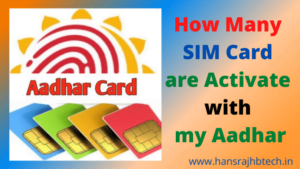Technology has made our lives easier and more connected than ever before. We can chat with friends across the world, shop from the comfort of our homes and find information with just a few clicks. However, there are some serious downsides to technology that we often overlook. From addiction to privacy risks and security threats, we need to be aware of the dangers technology brings.

The Problem of Technology Addiction
Many of us spend hours glued to our phones, scrolling through social media, watching videos or playing games. It can be fun, but when technology takes over our daily lives, it becomes a problem. People are losing sleep, struggling to focus and even experiencing anxiety or depression because of excessive screen time.
Big tech companies design apps and websites to keep users hooked. Social media platforms, for example, use notifications and endless scrolling to make sure people stay online longer. This can create an addiction similar to substance abuse, where the urge to check devices becomes hard to resist.
Privacy Risks in the Digital World
Every time we go online, we leave behind a trail of information. Websites, apps and even companies track what we do, collecting data about our interests, purchases and habits. Sometimes, this data is used to improve our online experience, but it can also be sold to advertisers or, worse, fall into the wrong hands.
Many people are unaware of how much personal information they are sharing. Data breaches have exposed sensitive details like passwords, financial information and private messages. To stay safe, it’s important to adjust privacy settings, be mindful of what we share and use strong, unique passwords.
The Growing Threat of Cyberattacks
As technology advances, cybercriminals are becoming more sophisticated. Hackers target individuals, businesses and even governments, stealing data, spreading viruses and demanding ransoms. Phishing scams trick people into giving away passwords and malware can take over entire systems.
Even large organizations have fallen victim to cyberattacks, resulting in major financial and personal losses. To stay protected, it’s important to use two-factor authentication, update software regularly and be cautious of suspicious emails and links.
Finding a Balance
While technology brings many benefits, it’s crucial to use it wisely. Setting screen time limits, taking breaks from devices and being mindful of online habits can help prevent addiction. Protecting personal data by adjusting privacy settings and using secure passwords can reduce risks. Staying informed about cybersecurity threats can help keep us safe from hackers and scams.
Technology should be designed to improve lives, not control them. By being aware of its dangers, we can create a safer and healthier digital future for everyone.
Frequently Asked Questions(FAQs)
What is technology addiction?
Technology addiction refers to the excessive and compulsive use of digital devices, such as smartphones, social media and online gaming, which negatively impacts daily life, mental health and social interactions.
How does social media contribute to digital addiction?
Social media platforms use dopamine-driven feedback loops, such as likes and shares, to keep users engaged, leading to compulsive behavior and a craving for online validation.
How can individuals protect their online privacy?
People can safeguard their privacy by using strong passwords, enabling two-factor authentication, avoiding sharing excessive personal information and being mindful of the permissions granted to applications.
What are the most common cybersecurity threats?
Some common threats include phishing scams, ransomware attacks, malware, data breaches and identity theft.
Related Posts
- How to do Paytm Full KYC || From your mobile at home
- What’s app Privacy Policy : What’s App got angry || See what What’s App said…
- WhatsApp Banking : How to Check Bank Balance Through WhatsApp
- How Many SIM Cards are Activate with my Aadhar
- Exploring the World of ChatGPT: A Comprehensive Guide
- Canva: Your One-Stop Shop for All Things Design
